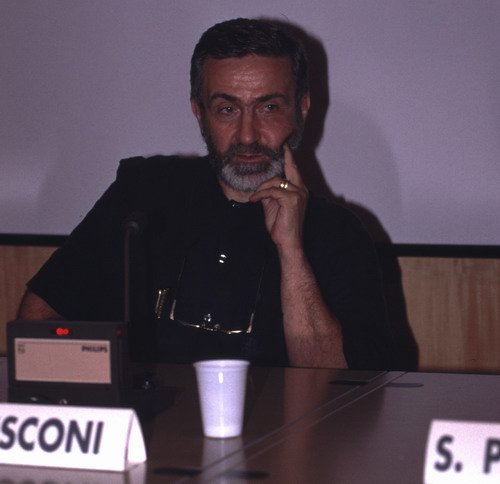A JOURNEY THROUGH CHRISTIAN CONSCIENCE
‘This is the first of a series of photographic exhibitions which have as their subject the itineraries of the pilgrims of the early centuries of the second millennium; pilgrims whose destinations were Rome and Jerusalem. This Meeting ’96 exhibition has as its theme the road which links Aquileia to Otranto (embarkation point for the Holy Land). This road winds its way along the Adriatic Coast, and the various localities touched by the pilgrims over different centuries have been carefully reproduced for the exhibition. Besides information concerning about 50 different localities, the heart of the exhibition consists of photographic images of religious buildings or architectural details which, thanks to their state of preservation help us today to better document who these pilgrims of 1,000 years ago were. Visitors will discover that the buildings marking the pilgrimage route have not been completely destroyed and that some have in fact never stopped serving the purpose for which they were erected. These buildings have thus been analysed to better appreciate their sense and value and are presented as indications of significant stages of a journey to Rome (Jubilee of the year 2000) by other roads. In a sort of ideal continuity with the exhibition entitled TEMPUS TEMPLUM (Meeting ’95), which examined how the concepts of “holy” and “time” changed in human consciousness after the Incarnation, the exhibition documents the birth of a new “SELF-CONSCIOUSNESS” (it underlines the moment in the history of western civilisation in which the “I” relates with greater awareness to a “YOU” which is its father). This is a didactic exhibition divided up into three sections. The first consists of three paintings of the painter Vignazia, each of which portrays three episodes of the Old and New Testament and which together document in an exciting way the idea of journeying in the bible. The second section presents about 40 buildings by means of photographic material and brief details prevalently about worship and the pilgrimages; in the latter, a precise symbolic-theological intention which can be found in the buildings taken into examination is illustrated through diagrams, plans and sectional diagrams.’










